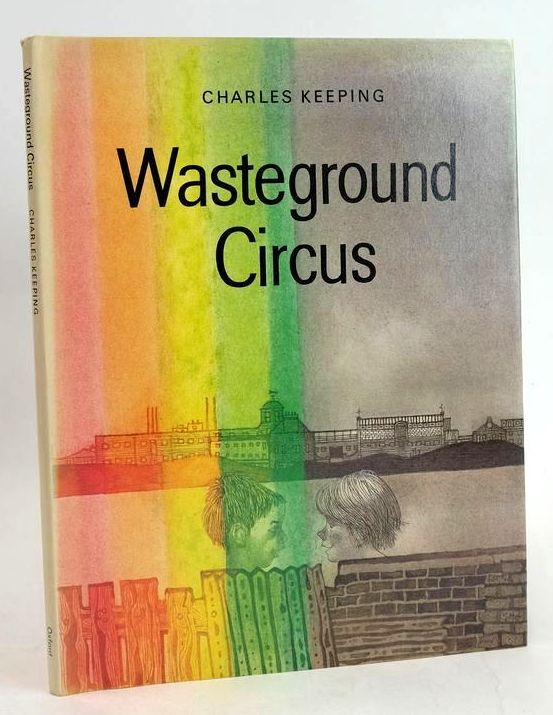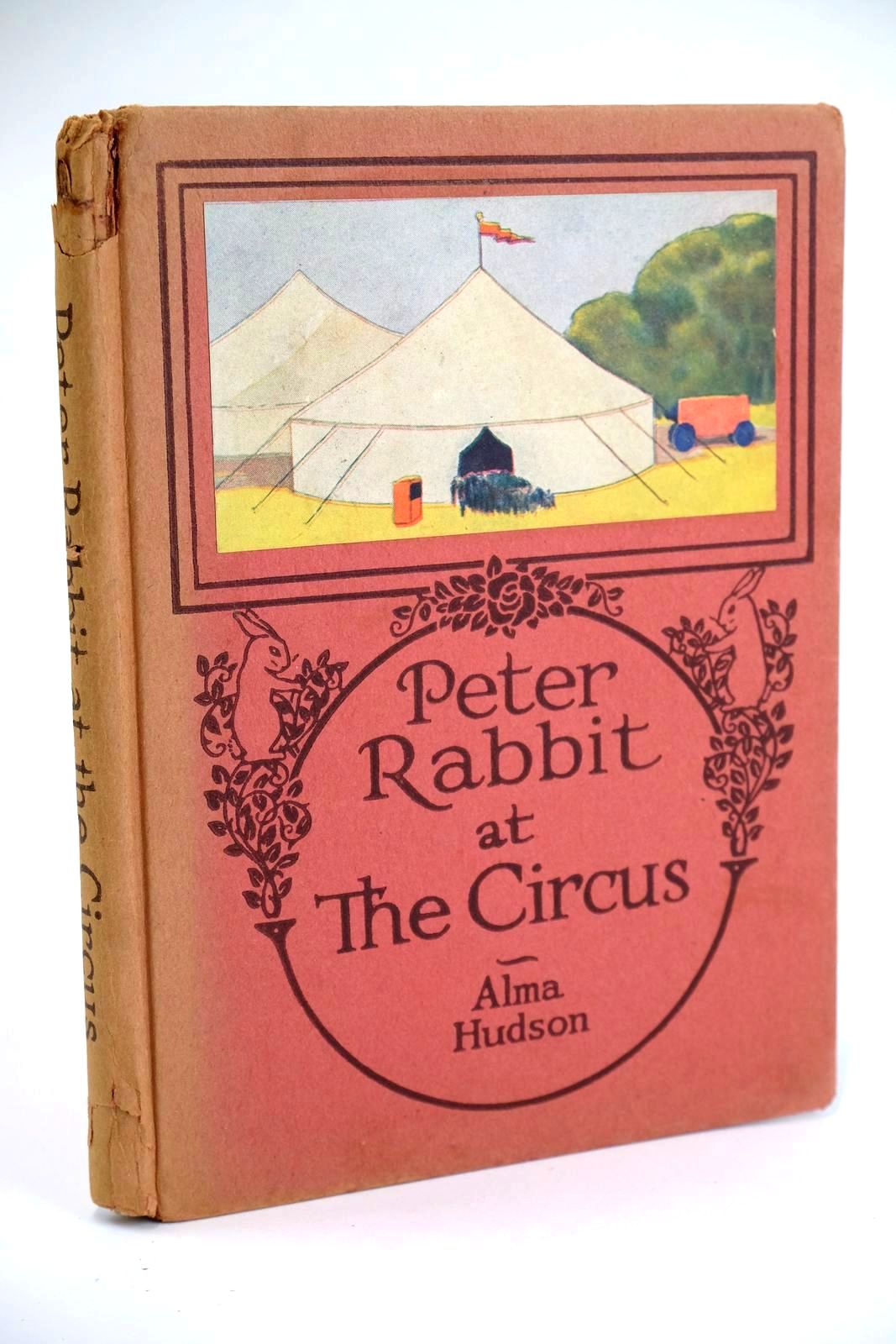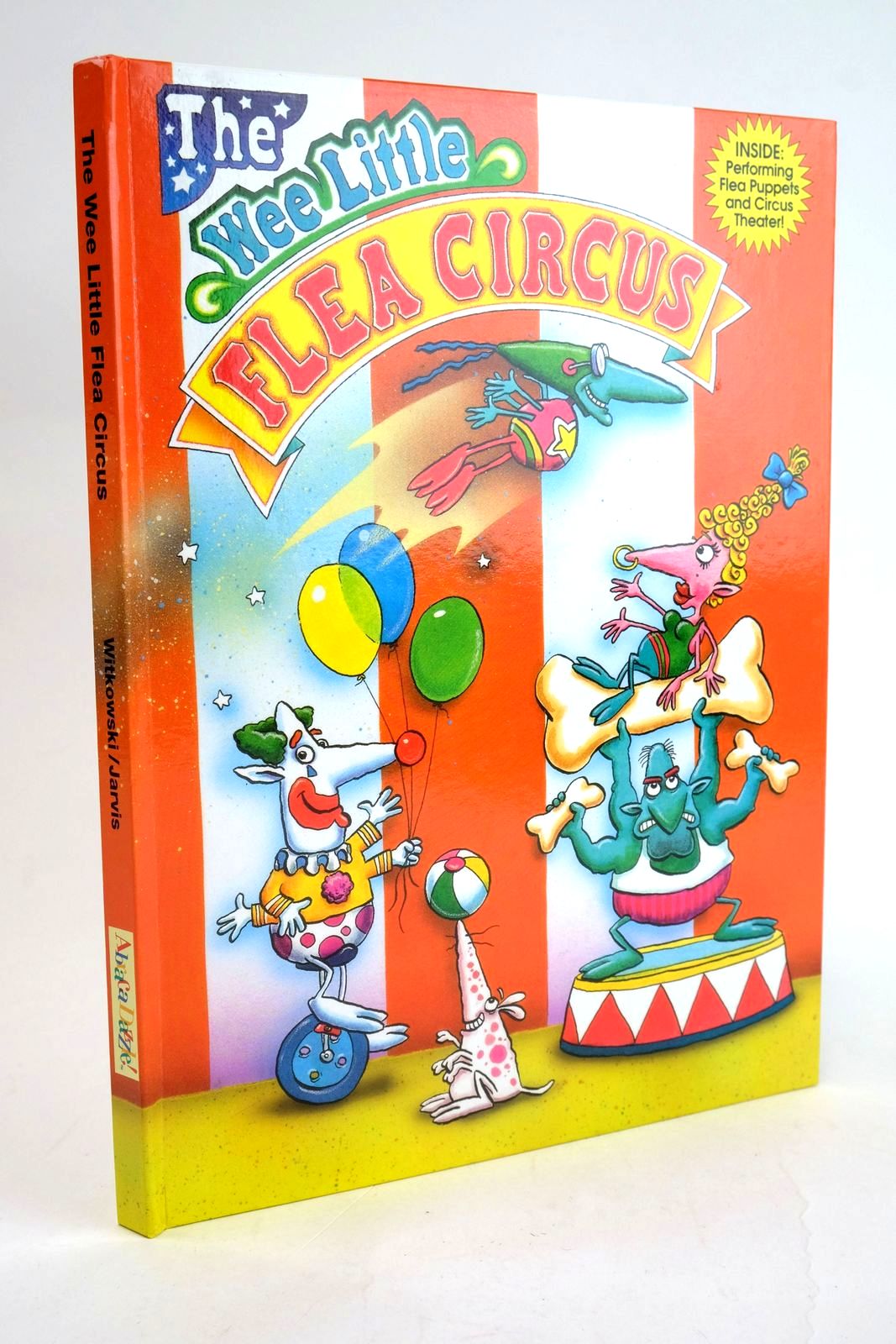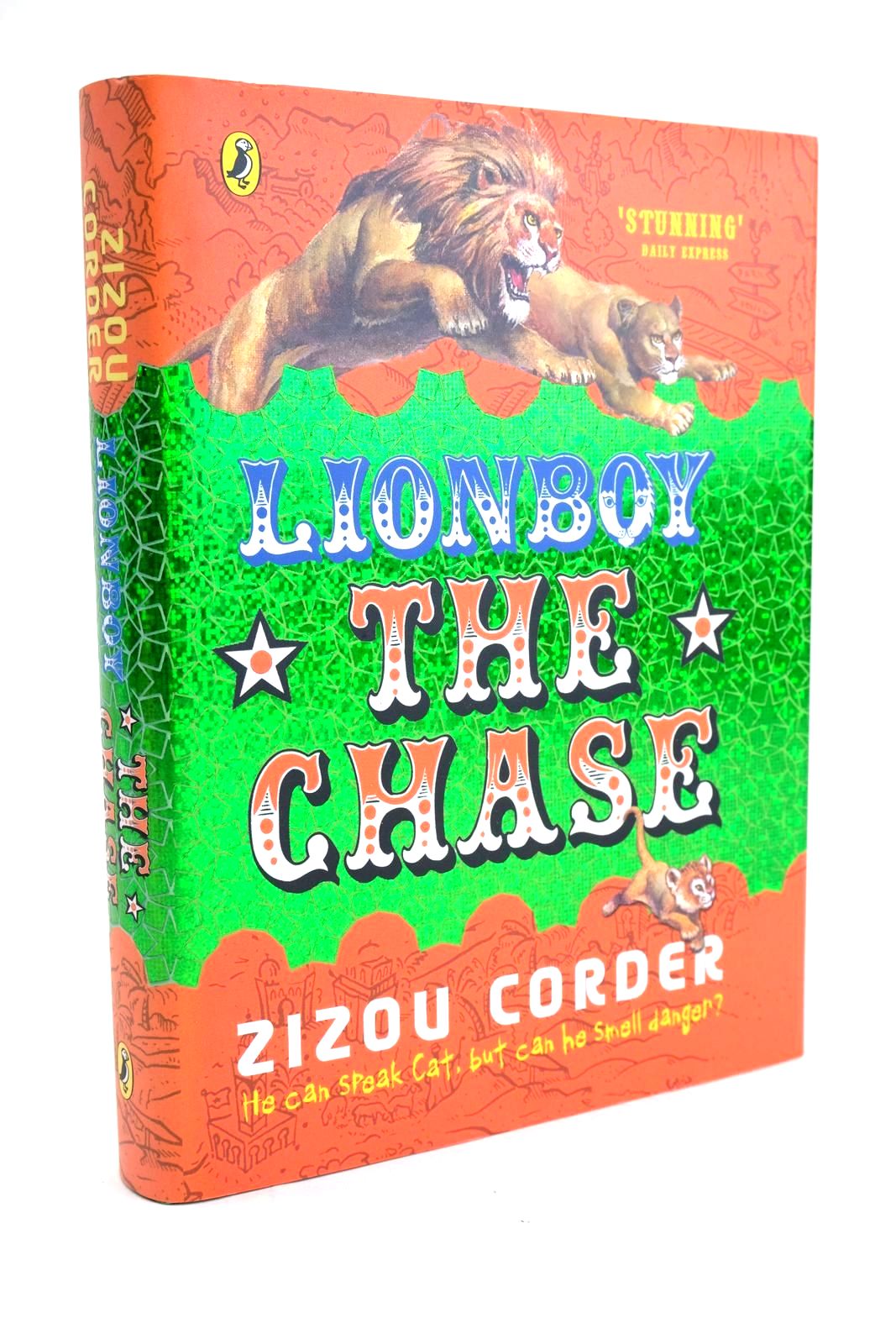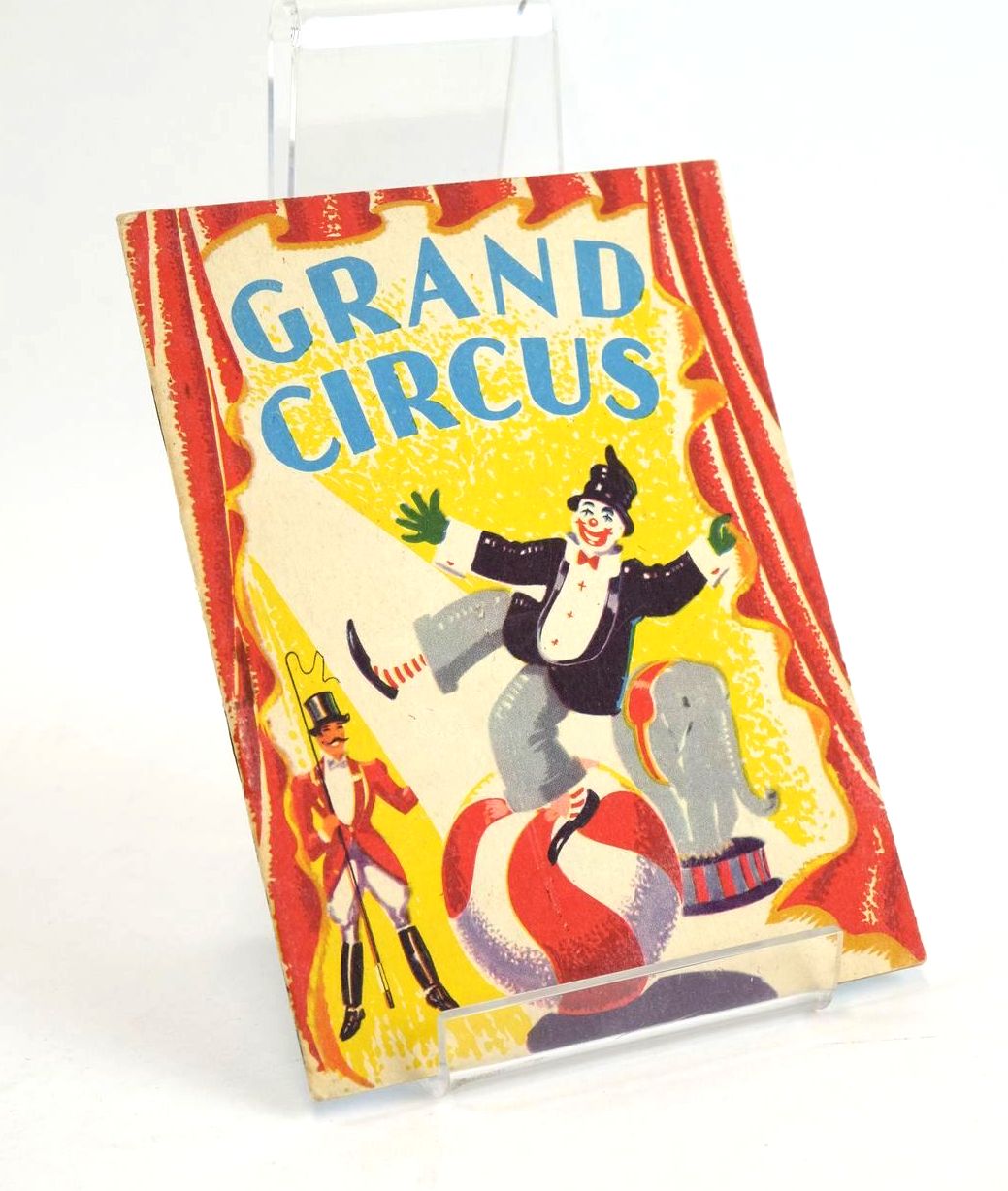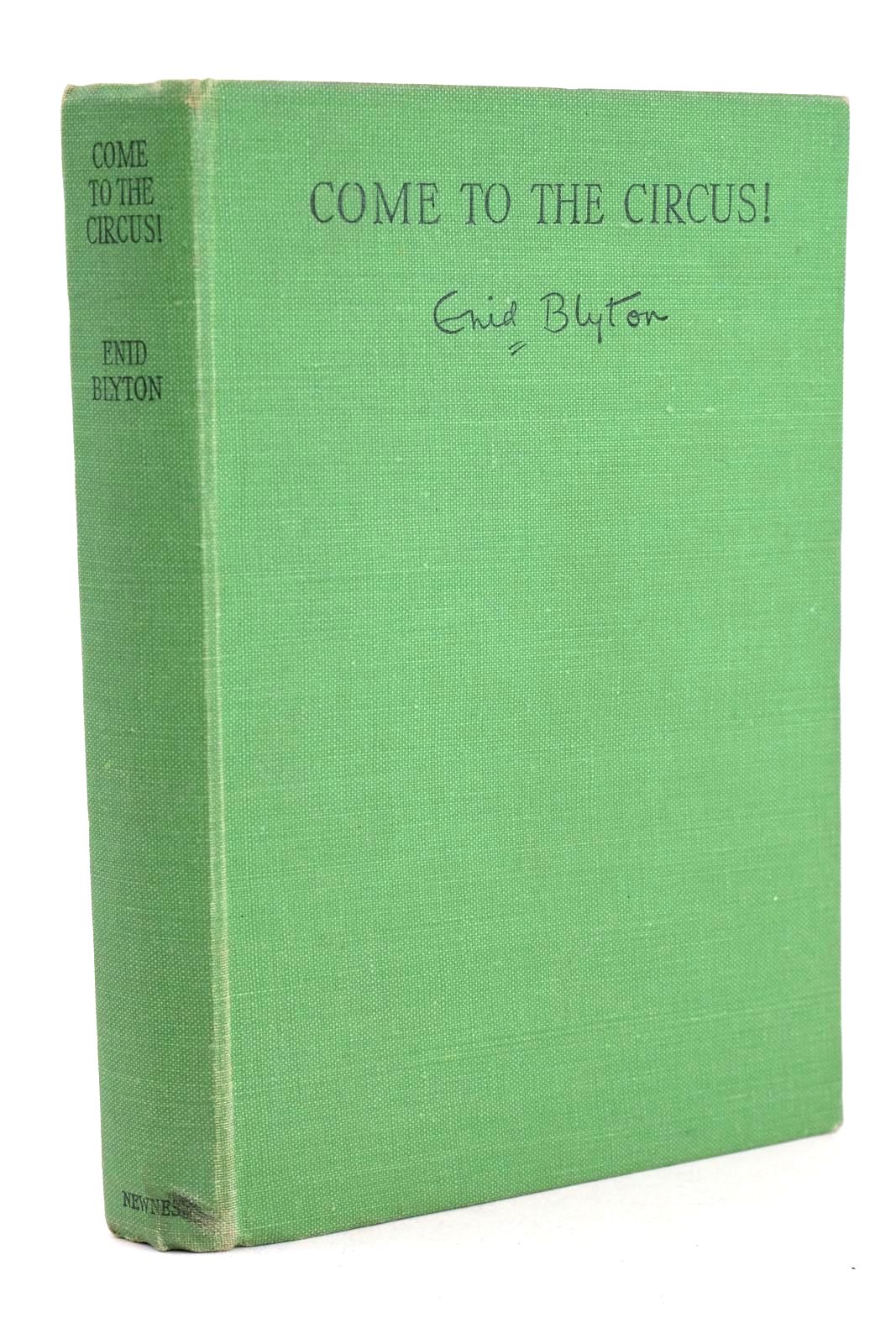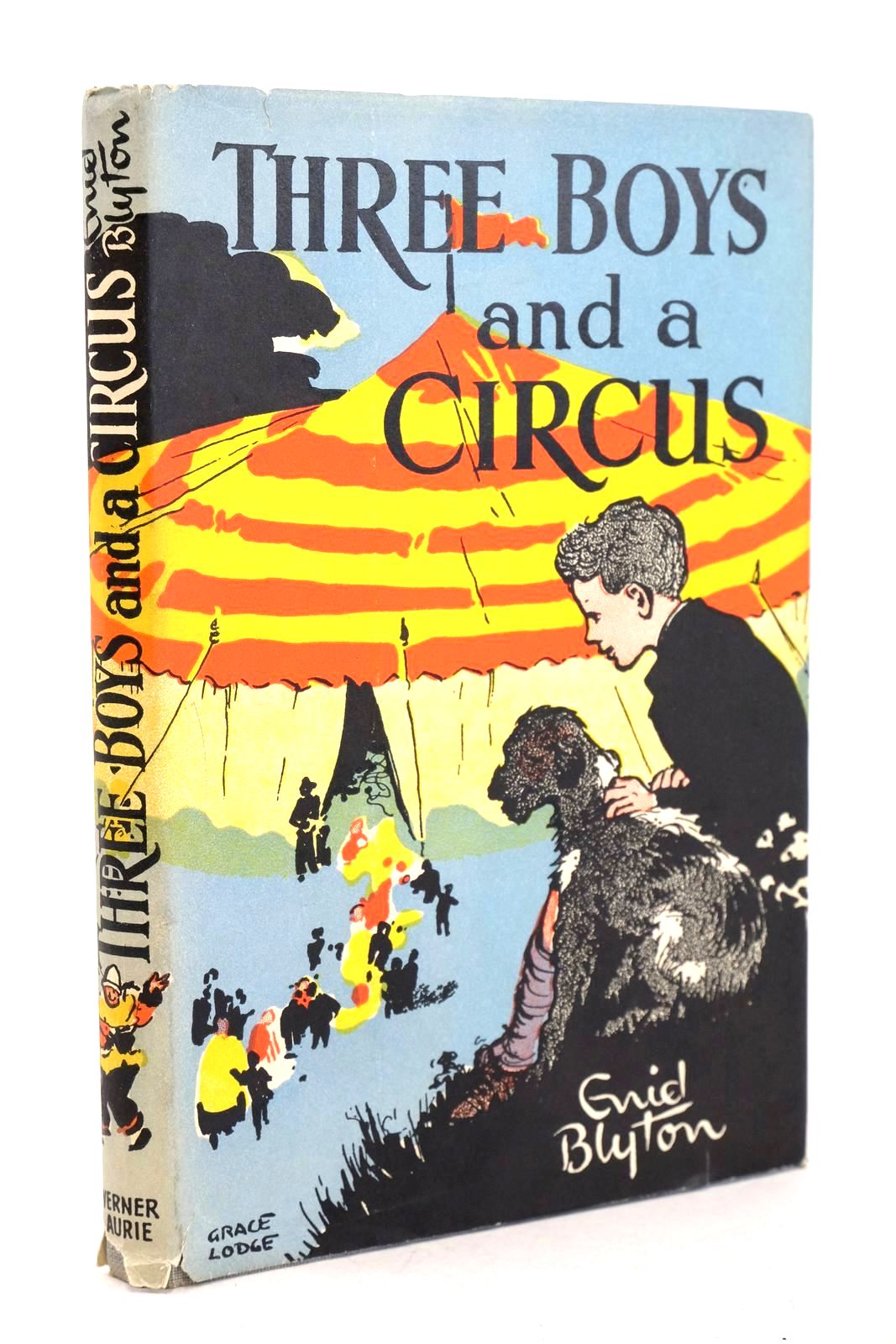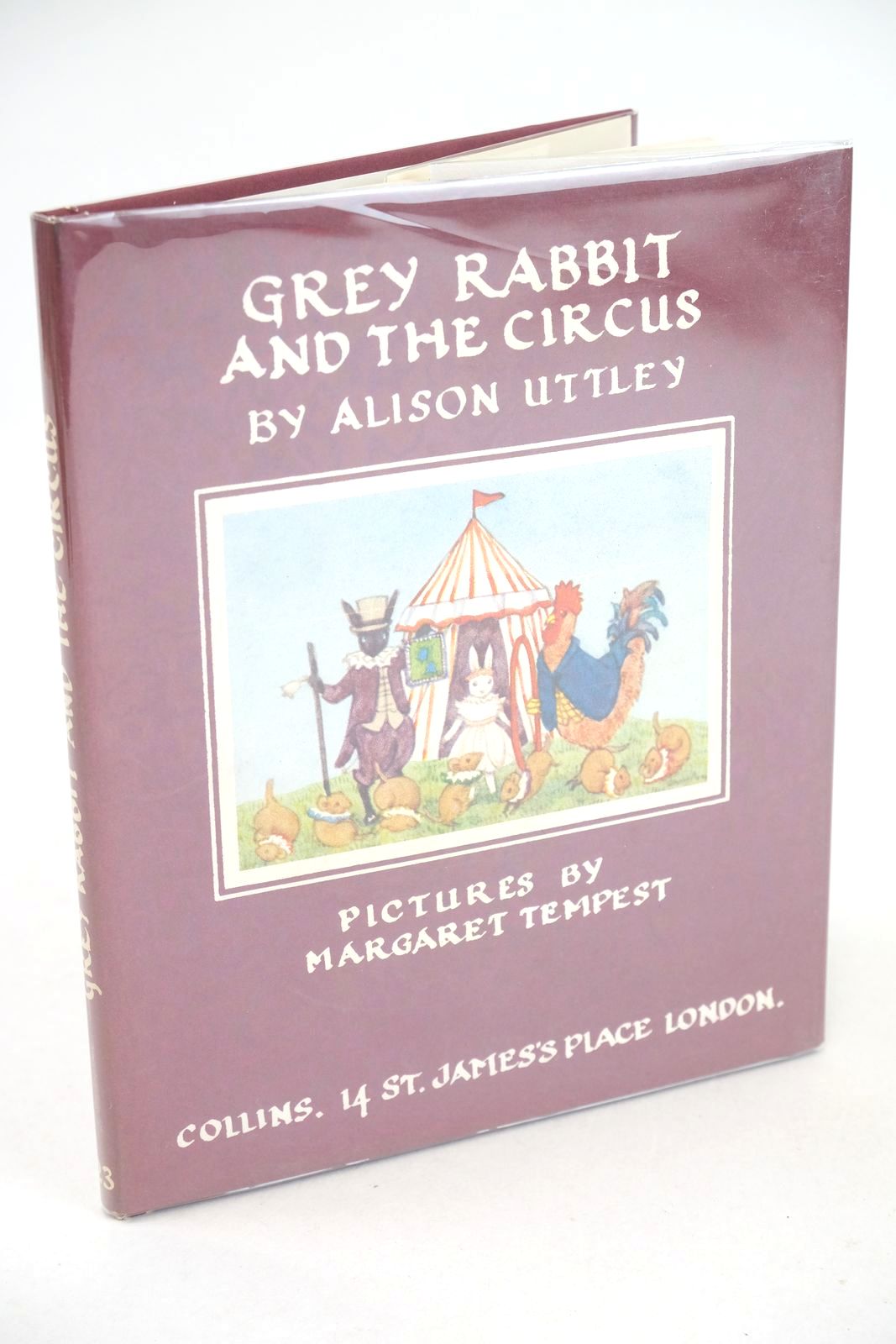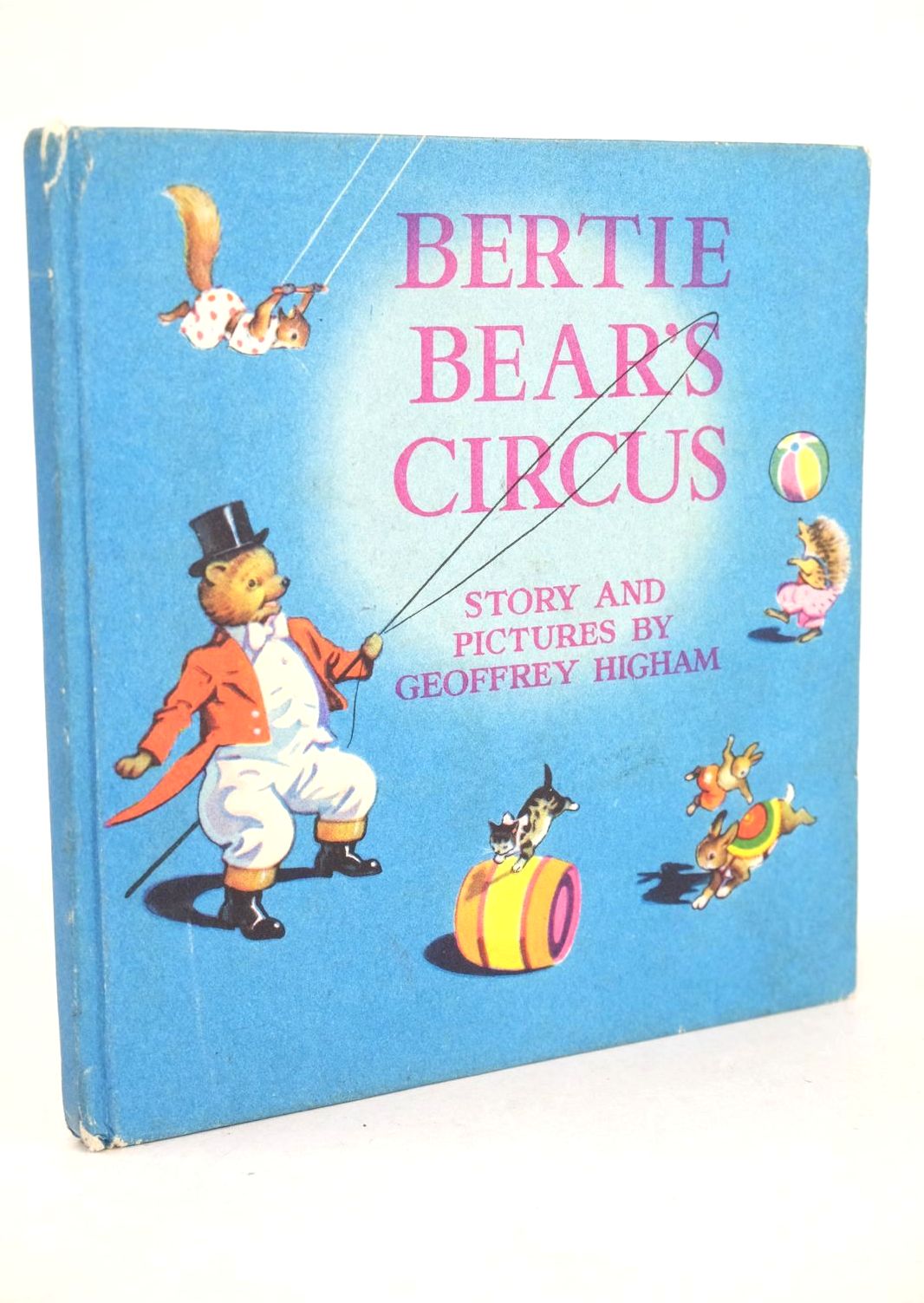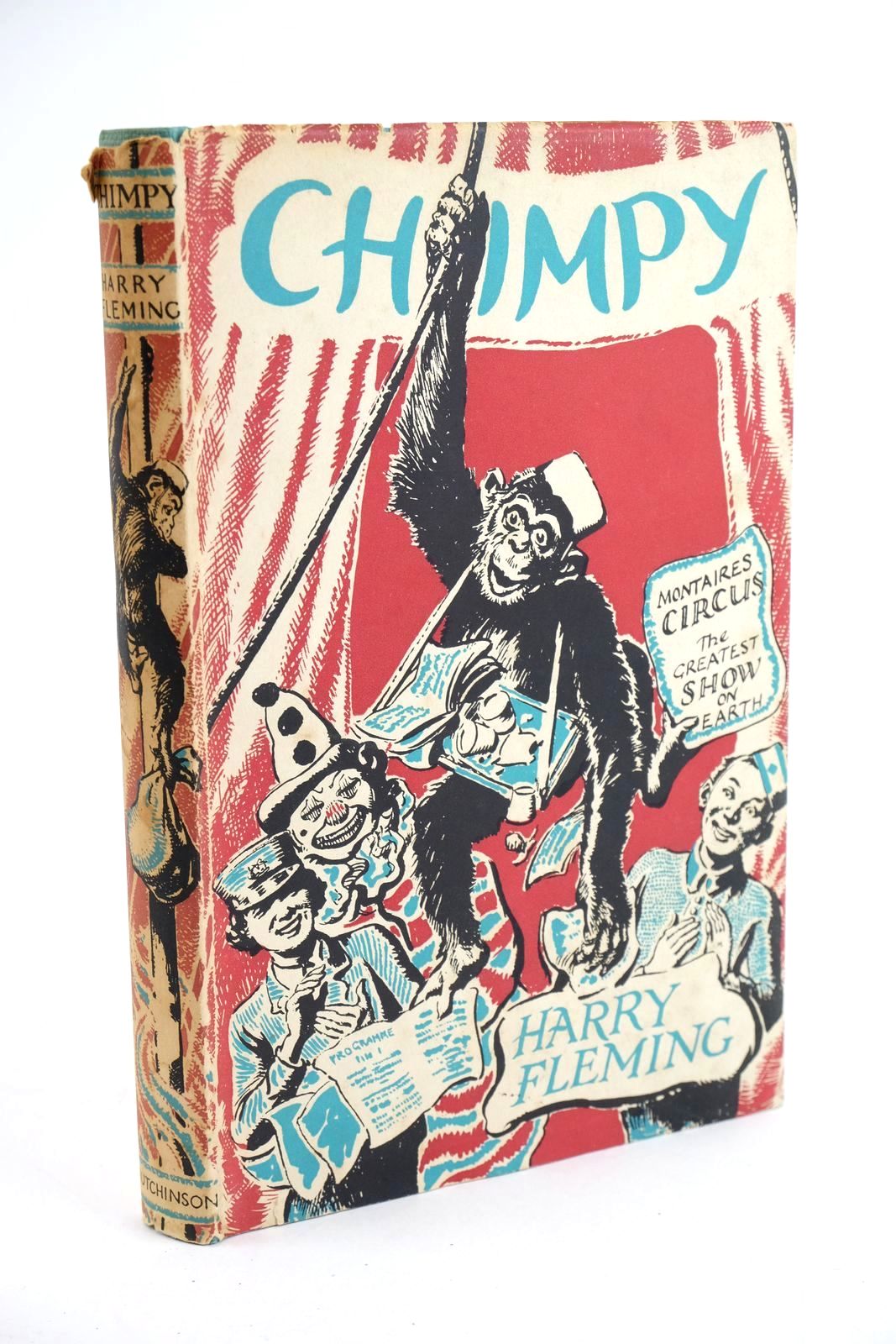Beneath the Big Top
The circus – you either love it or you hate it, don’t you? Me, I love it. I always have done. I was born a josser; one not directly connected to the circus world so why this fascination? It all started when I was taken as a small child to see Bertram Mills Circus in Gloucester way back in the 1950s. I remember the smell of the earth and sawdust; the hard seats; but most of all I remember Coco the Clown. In his garish checked coat, his oversized boots and his bright orange hair that seemed to stand on end of its own accord he was both a frightening and fascinating being. It was when he plucked me from the audience to take part in his ‘tricks’ that I became hooked. I left the circus that day with sawdust in my shoes.
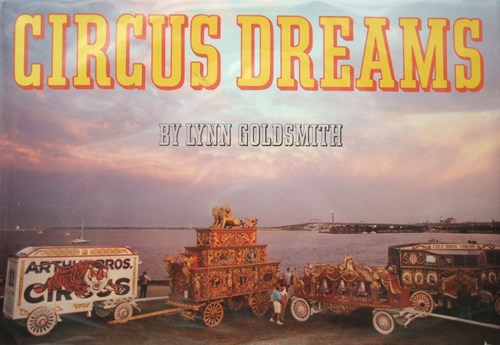
Circus seems to have permeated our culture since the development of its recognisable modern form in the late eighteenth century, through the ‘father’ of the circus, Philip Astley and his trick riding. Circus imagery has appeared in many forms, some ephemeral, such as advertising. A beautifully painted window display board from 1900 forGreensmith’s Derby Dog Biscuits depicts a dog jumping through a paper hoop being held by a painted clown of the period, whilst another hidden clown tempts the dog with a Derby Dog Biscuit.
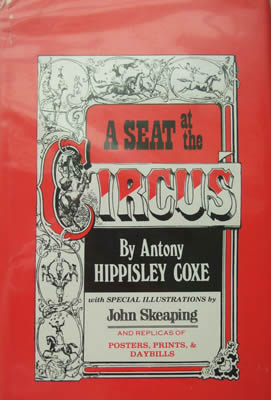 Other forms are more lasting, and many well-known artists such as Degas and Seurat, took their inspiration from the circus of their time. Toulouse-Lautrec produced a remarkable series of 39 drawings entitled Au Cirque(At the Circus), including a beautiful coloured crayon on paper sketch from 1899 of a wire walker, entitled Danseuse de cord (High wire walker). Lautrec has captured the moment of suspense as, gripping her seat with both hands, she stretches her right foot tentatively forward onto the wire before stepping out; one can feel the tension and drama of the scene.
Other forms are more lasting, and many well-known artists such as Degas and Seurat, took their inspiration from the circus of their time. Toulouse-Lautrec produced a remarkable series of 39 drawings entitled Au Cirque(At the Circus), including a beautiful coloured crayon on paper sketch from 1899 of a wire walker, entitled Danseuse de cord (High wire walker). Lautrec has captured the moment of suspense as, gripping her seat with both hands, she stretches her right foot tentatively forward onto the wire before stepping out; one can feel the tension and drama of the scene.
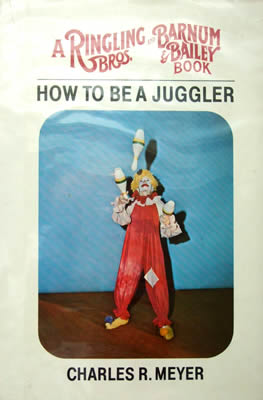 In the mid-twentieth century, popular children's author Enid Blytonproduced 15 books featuring the circus. Since the early days of cinema, with the 1928 silent film The Circus by Charlie Chaplin and Disney’sDumbo (1941), circus has also been a popular subject for filmmakers. We have long been surrounded by references to the circus: on postage stamps, advertising trade cards, cigarette cards, tea cards and television – it even appears on walls as street art. Colourful circus posters and flyers are a common sight in many towns and cities. Street performers entertain us with juggling, unicycling, fire eating and other seemingly mysterious circus skills. Our lives are surrounded by images of the circus, even if we do not always realise it. Today, for most people ‘the circus’ is little more than an amusing spectacle, populated by clowns, jugglers, high wire, trapeze, and even performing animals. But I wonder how many people know as to how it all started.
In the mid-twentieth century, popular children's author Enid Blytonproduced 15 books featuring the circus. Since the early days of cinema, with the 1928 silent film The Circus by Charlie Chaplin and Disney’sDumbo (1941), circus has also been a popular subject for filmmakers. We have long been surrounded by references to the circus: on postage stamps, advertising trade cards, cigarette cards, tea cards and television – it even appears on walls as street art. Colourful circus posters and flyers are a common sight in many towns and cities. Street performers entertain us with juggling, unicycling, fire eating and other seemingly mysterious circus skills. Our lives are surrounded by images of the circus, even if we do not always realise it. Today, for most people ‘the circus’ is little more than an amusing spectacle, populated by clowns, jugglers, high wire, trapeze, and even performing animals. But I wonder how many people know as to how it all started.
Physical ‘circus’ skills have always been with us, ever since the first person managed to manipulate three objects in the air or to balance on a narrow branch. Archaeological records show jugglers and acrobats on the walls of 2000 year old Egyptian tombs, clown figures were seen in ancient Greece and Roman writings talk of acrobats at dinner parties. These skills were continued right through medieval times, with jesters, tumblers, rope-dancers and other travelling performers.
It was in post war eighteenth century London that the ‘modern’ circus was born. It all began on an open plot of land called Halfpenny Hatch, on the south bank of the Thames. A retired sergeant major of horse, a man named Phillip Astley, began giving demonstrations of trick riding for money. Such demonstrations were nothing new but Astley had business acumen and soon realised that people would pay to be entertained. Over a period of time he gathered enough money together to build his own Amphitheatre of the Arts, and in this he was to present his trick riding, clowns and strong men – the circus had been born.
From this humble start in London the circus was soon carried throughout the world, across Europe to Russia, to the Americas and to the new colonies in Australia. Circus became international and like today knows no barriers of language or culture. But the development of the circus came with many tragedies, semi-permanent circus structures often caught fire or were blown down in storms; performers and audiences were always at risk. Even circus owners were not immune from tragedy. Pablo Fanque, the first black circus owner in Britain, if not the world, lost his wife in a disastrous circus collapse in Leeds in 1847.
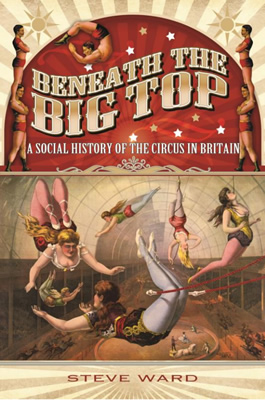 The history of the circus has been a fascinating roller-coaster ride. TheVictorian era saw the golden age of the circus, with a popularity across all sections of society. Then came the First World War and the depression of the 1920s. But circus bounced back and survived yet another war, becoming as popular as ever in the post war period with the likes of Bertram Mills, Billy Smart and the Chipperfields, only to dip into another period of stagnation in the 1970s and 1980s. And so it continues, circus is on the rise again. In the words of that eminent ringmaster and showman Norman Barrett;
The history of the circus has been a fascinating roller-coaster ride. TheVictorian era saw the golden age of the circus, with a popularity across all sections of society. Then came the First World War and the depression of the 1920s. But circus bounced back and survived yet another war, becoming as popular as ever in the post war period with the likes of Bertram Mills, Billy Smart and the Chipperfields, only to dip into another period of stagnation in the 1970s and 1980s. And so it continues, circus is on the rise again. In the words of that eminent ringmaster and showman Norman Barrett;
“My dad always used to say life is about a wheel. When he started his circus it was at a high, then the talkies came in and the wheel turned down. Then it came up again and then television came in and it went down again. Now we’re on the way up because people want to be entertained… Circus in general, it’s starting to thrive again. People want to get up, they want to go out. Providing it’s good it will survive. It’s survived over 250 years and it will keep going.”
Long may it continue!
Stella & Rose's books wish to thank Mr. Steve Ward for submitting this article.
A retired teacher, Steve Ward is now a freelance writer and genealogist with a particular interest in circus. He has an M.A. from the University of Loughborough, researching the role of circus in education. He also devises and directs circus shows with young people. His book ‘Beneath the Big Top; A Social History of the Circus’ will be published in September 2014 by Pen & Sword Ltd.
(Published on 15th Sep 2014 )


